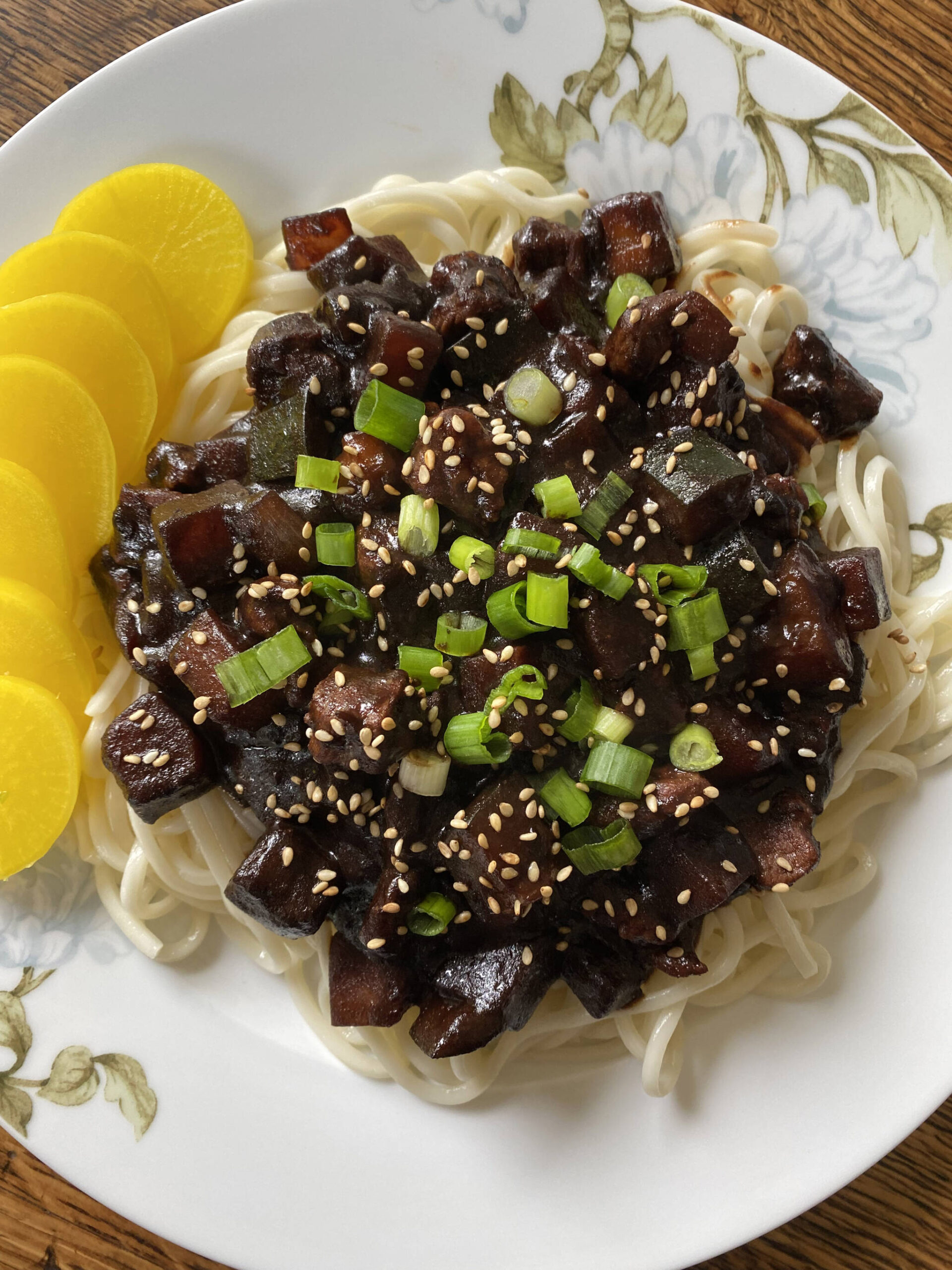I sped down the highway toward my sister’s embrace and watched the blur of dandelions stream past my wet cheeks. Once again, my hopes had been raised and held there for a handful of weeks before being dashed to pieces on a monitor just that morning. A gentle shake of the doctor’s head and a squeeze of my hand confirmed what my eyes didn’t want to believe — it was all happening again. I could feel the storm brewing, the tension in my body growing as my heart poured out its joy. If I could just drive fast enough, maybe the inevitable wouldn’t catch up with me.
It would, of course, and days later I was yet again pacing painful circles in my kitchen, crying hopeless tears at my continued misfortune. Each time I tell myself not to be too hopeful, but that same monitor had told me a very convincing lie just a couple weeks before, so I dared to believe this would be the one… and I really liked the names I picked.
After the doctor sent me on my tearful way, I went to deliver some items to my brother-in-law. He could immediately see the distress on my face and asked me if I was OK. I broke down and told him what happened and stood there in a parking lot and cried into his chest while he held me tight and told me not to give up. Thank goodness for him — I really needed that hug.
This time my aching stomach couldn’t handle the traditional flames of grief, so I opted for a mild and comforting pile of jjajangmyeon — Korean black bean noodles. This dish is a favorite of Korean kids and college kids alike and is an everyday takeout staple. It requires a couple specialty items, (the black bean paste is not substitutable) but if you happen to be traveling through Anchorage you can stop at any of the Korean markets and they’re sure to have what you need. The bean paste is also shippable and easy to get online.
Korean black bean noodles
Ingredients:
Jjajangmyeon noodles (if you don’t have these, the fresh udon you can find near the tofu works very well)
½ pound meat (pork shoulder or belly is traditional, but chicken, beef, or firm tofu would be fine)
1 cup of daikon in ½-inch cubes
1 cup of zucchini in ½-inch cubes
1 cup of russet potato in ½-inch cubes
1 ½ cup white onion in ½ -inch chunks
Heaping ¼ cup black bean paste
About 2 tablespoons vegetable oil
2 tablespoons cornstarch (in a water slurry)
1-2 teaspoons sesame oil
Sesame seeds and chopped green onion for garnish
Directions:
In a large saucepan (or wok) cook your meat until crispy. Drain the liquid off if some has pooled in the bottom of the pan.
Add all the vegetables except the zucchini and stir fry for a few minutes.
Add in the bean paste and stir fry until the vegetables are evenly coated.
Pour in just enough water to cover and bring to a simmer.
Cook until the potatoes and radish are almost soft.
Add in the zucchini and the cornstarch slurry.
Stir until the sauce has thickened and the vegetables are cooked. You may need to add a few tablespoons of water if the sauce is too thick. It should be smooth and glossy, not sticky.
Turn off the heat and stir in the sesame oil.
Serve on top of boiled noodles or steamed white rice with a sprinkling of sesame seeds and a handful of green onions. *Be sure to mix thoroughly before eating. Stir until every noodle is completely coated in sauce.

